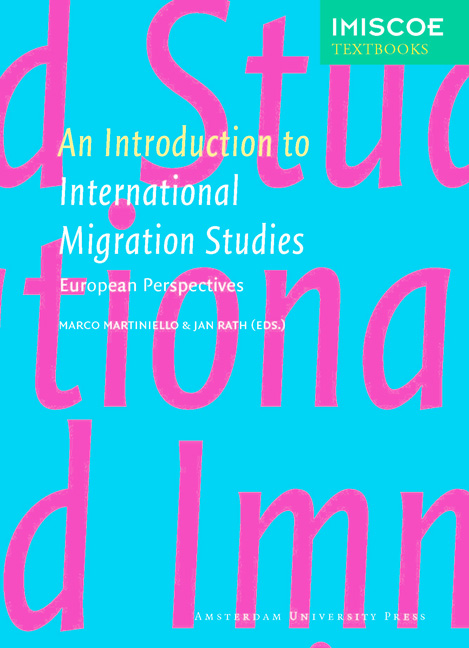3 - Historical-Structural Models of International Migration
Published online by Cambridge University Press: 14 January 2021
Summary
Introduction
This chapter presents and critically evaluates the major tenets of three theories of international population movements commonly referred to as ‘historical-structural’. These are the segmented labour market theory, dependency theory and world-system theory. Also discussed is the gradual shift of these theories and their associated models from being exclusively economic to encompassing broader economic and political structural explanations.
The historical-structural theories of international migration were first formulated in the social sciences during the 1950s and 1960s in reaction to the models of migration then predominant – the rational choice model and the classical and new economy models – which explained transnational population movements as the result of individual and small group (household) micro-level factors and within the framework of the harmoniously functioning capitalist market premised on the notion of modernisation, understood as a progressive convergent development of different parts of the world.
Although, as we shall see, the historical-structural models discussed here differ in the time and scope of the processes they cover, and in the main emphases of their arguments, they all share major premises derived from the Marxist (or Marxisant) persuasion of their advocates. These common attributes include the following: placing the causes of international migration in the realm of historically conditioned macrostructural forces; the primacy of the inherently exploitative and disequalising economic forces of global capitalism in explaining the directions and character of transnational population movements; and critical assessment of the mechanisms and effects of international migration as integrally related to the operation of the globalising capitalist market.
Segmented labour market theory of international migration
Theories of the segmented or dual labour market originally appeared in the literature of the undeveloped and underdeveloped world in the 1950s. They were first applied to advanced industrial economies in the mid-1960s to account for the enduring disadvantage of black workers in American cities. Since then, they have been extended to explain the mechanisms of the international migration of labour between less developed and more developed regions.
There are four central premises of the segmented labour market model as it applies to international migration, as specified by its most renowned advocate, Michael Piore (1979; see also Berger and Piore 1980).
- Type
- Chapter
- Information
- An Introduction to International Migration StudiesEuropean Perspectives, pp. 57 - 78Publisher: Amsterdam University PressPrint publication year: 2012
- 1
- Cited by



